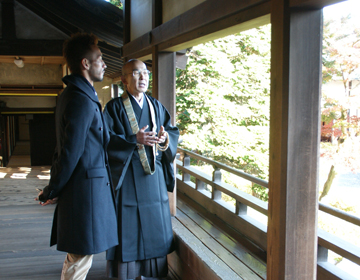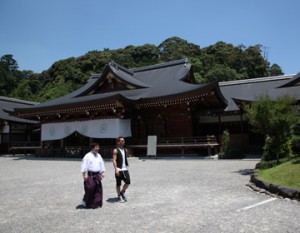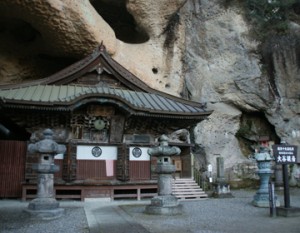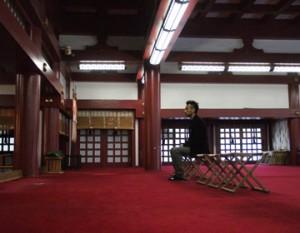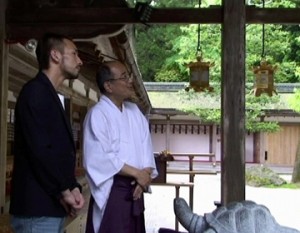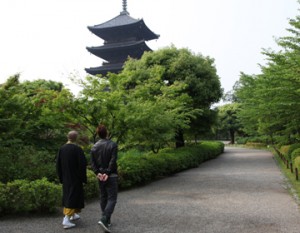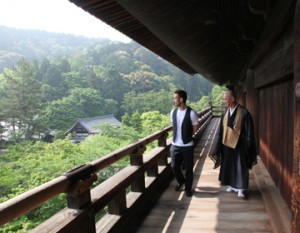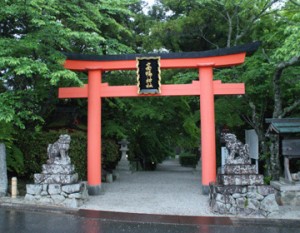Kitain reconstructed after a great fire.
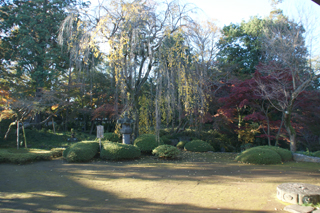
Kitain Temple is a temple of Tendai sect of Buddhism, and is generally known by the name of Kawagoe Daishi. Its origin goes back to the year 830, so it has nearly 1200 years of history. The official name of the temple is Seiyasan Muryoju-ji Kitain, and in the ancient times it was the northern (Kita) pavilion within Muryoju-ji Temple. However the name was later changed to ”Kita (much happiness)-in (pavilion)” , when Nankoubou Tenkai, a monk much trusted by the Shogun family of Tokugawa since the time of Ieyasu Tokugawa, came to serve as the chief priest.
In the 15th year of Kanei (1638), there was a great fire which devastated the whole of Kawagoe , and many buildings were burnt down. However through the patronage of Iemitsu Tokugawa, the palace buildings were relocated from Edo Castle Momiji Yama, and the temple was reconstructed. That is the reason why Kitain Temple is famous for having ”the room where Shogun Iemitsu Tokugawa is born”. Apart from that, there are numerous properties of cultural importance, including Important National Cultural Properties such as the Main Gate Building constructed by Nankoubou Tenkai.
Depicting the candid expressions of humans ”the 500 arhats”

Among the many cultural assets, ”the 500 arhats” are one of the most popular. There are 538 stone Buddhist statues which were built between 1782 and 1825. In the middle at the high seat sits the large statue of the historical Gautama Buddha, and the statues of arhats, who are the disciples of Buddha, surrounding the Buddha.. Every arhat statue is said to have a different face and a different pose.
”Take a look at this interesting arhat.” It was a statue, cocking its head and lying down on its side. ”He is taking a nap,” smiled Nakata.
”That’s right. These statues depict the candid feelings of people as they are, their joy, anger, sadness and happiness. There are also statues representing the 12 animals of the oriental zodiac. Visitors often come and seek their zodiac animals and offer their prayers.”
As expressed by ”the 500 arhats”, the candid feeling of people may have remained the same, then and now.
In spring, the cherry blossoms will flourish, and the place will be enlivened by many visitors. The temple has always watched over the town of Kawagoe, so called Little Edo, since ancient times, and has been loved by many.



